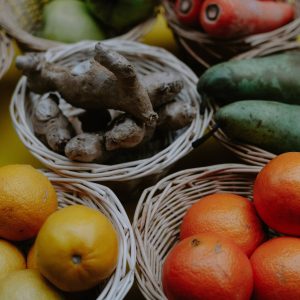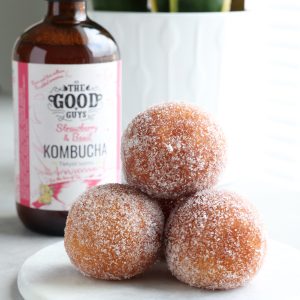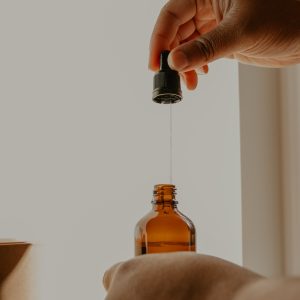The Healing Power of Currants Currants are a favourite fruit in various countries. The British love currant jams and jellies. The French consider black currant liquer as their favourite. Until the turn of the previous century, Americans enjoyed fresh currants, as well as currant jellies and sauces.
Today, fresh currants are hard to find in the US. (Don’t be fooled by the black “currants” sold in supermarkets, they are really zante grapes. What caused the end of our craving for currants? In the early 1900s, the USDA banned the cultivation of currants because the shrubs harbored a fungus that was destroying white pines. Even though the ban was lifted in the 1960s, currants never really made a comeback. This is unfortunate, because currants, the forfotten fruit are a superb source of vitamin C and fiber. What’s more, they contain a compound that present a powerful cancer fighting potential.
Alzheimer’s Disease Prevention It’s ironic that the forgotten fruit might prove to be helpful in keeping your memory sharp. Researchers in New Zealand found that substances in currants could help prevent Alzheimer’s disease. Two compounds in the currants, anthocyanins (which give them their deep red color) and polyphenolics ( which is also abundant in red wine and chocolate), where found to protect the brain cells of rats against the kind of damage that occurs in people’s brains afflicted by Alzheimer’s disease.
Anthocyanins as well as polyphenolics are powrful antioxidants that provide protection against free radicals.These highly reactive oxygen molecules can damage the brain and other tissues if left to run amok. Much more research is needed to see if these results would actually translate to people too.
Cancer Protection Besides the fact that currants are extremely high in vitamin C content – a half cup of black currants for example, has 101 milligrams of vitamin C, which ic 168% of the Daily Value and three times that of oranges – there is another thing that gets researches excited. It’s the fact that berries contain a compound called ellagic acid, which has the ability to prevent cancer from starting.
Ellagic acid belongs to a disease-fighting family of compounds known as polyphenols. (Cranberries, raspberries, strawberies, and grapes also contain polyphenols). It has been shown in laboratory studies to be a powerful antioxidant that helps neutrolizing free radicals, according to Gary Stoner, PhD, professor and cancer reseacher at Ohio State University in Columbus. Free radicals try to replace their missing electrons by stealing electrons from healthy cells, causing cellular changes that can lead to cancer. It may surprise you that researchers found that currants are a much higher source of antioxdants than blueberries, long regarded as the antioxidant champ.
Ellagic acid also has the ability to block the effects of cancer-causing chemicals in the body at the same time that it stimulates the activity of enzymes that fight cancer growth. This two-pronged approach makes this compound a powerful alley for blocking cancer.
Another antioxidant that has been found in currants is quercetin. In general, the most common sources of quercetin are onions, tea, apples and red wine. That’s for most of us anyway. The Finns, however, commonly eat certain types of berries that contain quercetin – currants, lingonberries, and bilberries. Researchers in Finland reasoned that these berries may be an important source of quercetin in that country. The scientists devided 40 healthy men into two groups. Half of the men ate their usual diets, but the other half 100 grams of black currants, lingonberries and bilberries every day. After 8 weeks, the researchers found that the men who ate the berries had blood levels of quercetin 32 to 51% higher than the men who ate their regular diets. So the researchers concluded that these berries are a good source of quercetin.
Like ellagic acid, quercetin has long been considered important in possibly helping to prevent cancer. In test tube studies, it inhibits the growth of cancer cells, including those from breast, colon, prostate, and lung tumors.
Protection against Digestion and Heart disease Like most berries, currants are also high in fiber. The black, red, and white types all provide about 2 grams, or 8% of the Daily Value. Apart from controlling digestive problems like constipation and hemorrhoids, fiber also helps to deal with more serious health problems, like high cholesterol and heart disease.
From a study of 21,930 Finnish men it showed that those who got just 10 extra grams of fiber a day were able to reduce their risk of dying from heart disease by 17%. Eating one or two servings of currants a day , along with extra fruits and vegetables, will provide all the fiber you need to help keep your circulation in optimum form.
The only problem with fresh currants is that they are hard to find, since most supermarkets don’t stock them. Your best change to find them is to check out roadside stands or farmers’ markets, as growers sometimes sell small amounts of these homegrown favorites.
When you are lucky enough to get your hands on fresh currants, you will get the most out of them by storing them in an airtight container in the refrigerator. That way you will be able to keep them fresh for 2 to 3 days. Or you can freeze them for use throughout the year.









